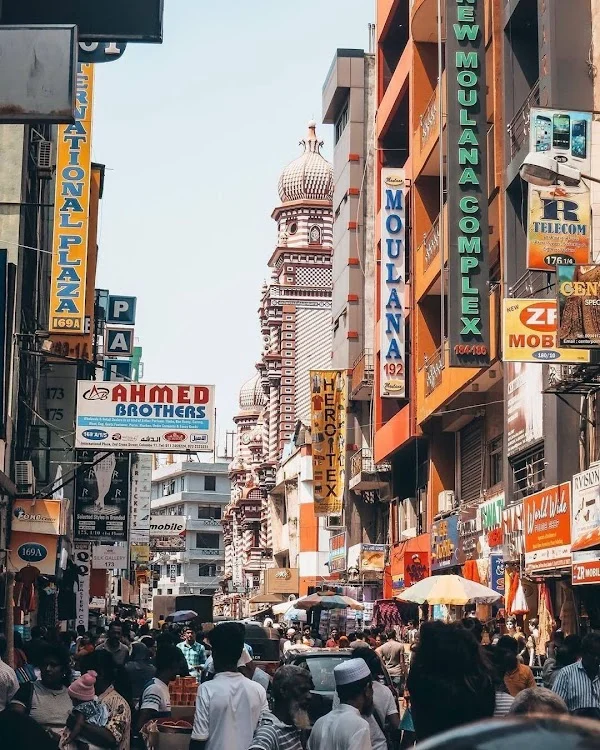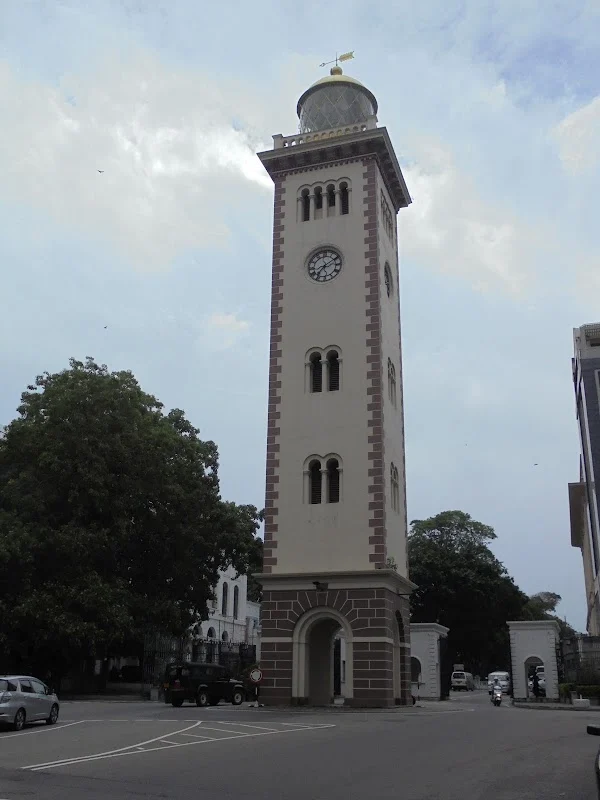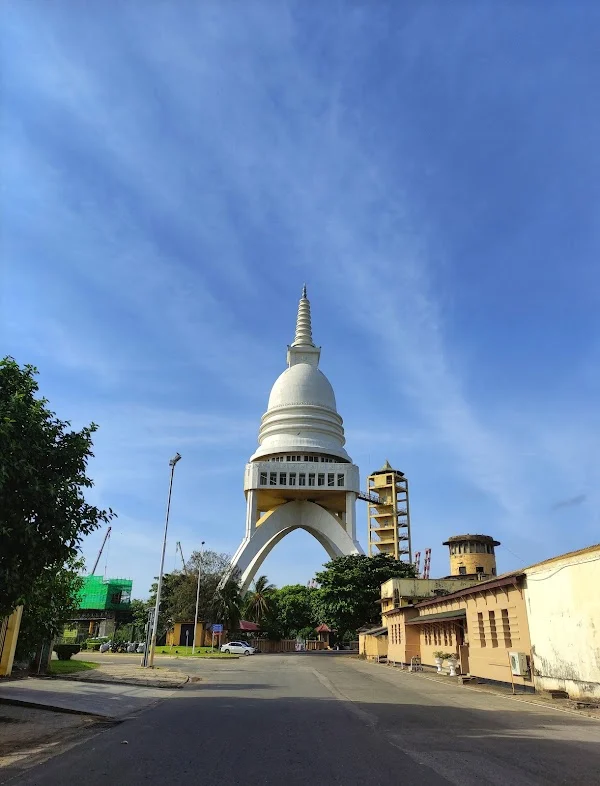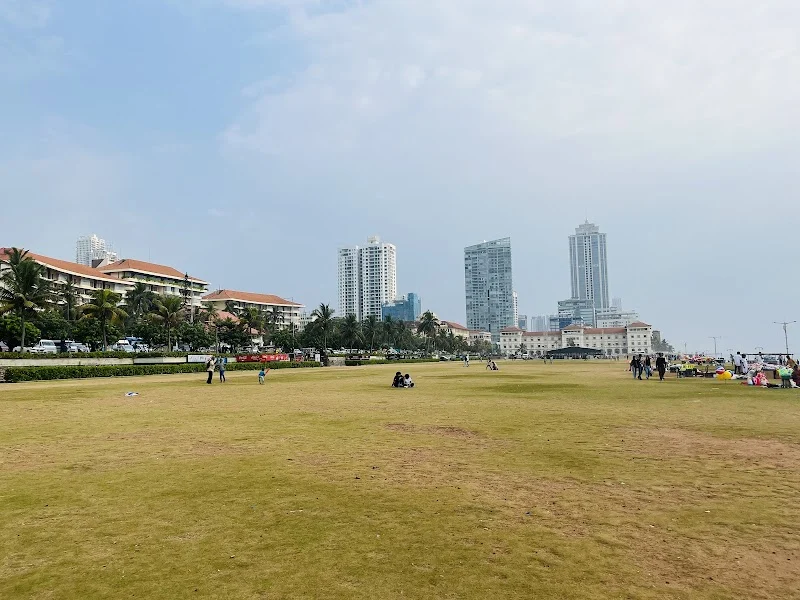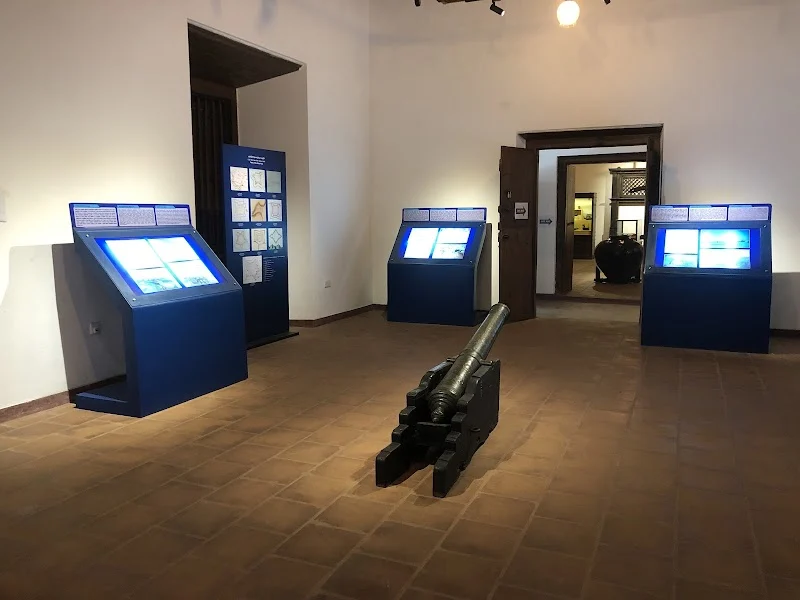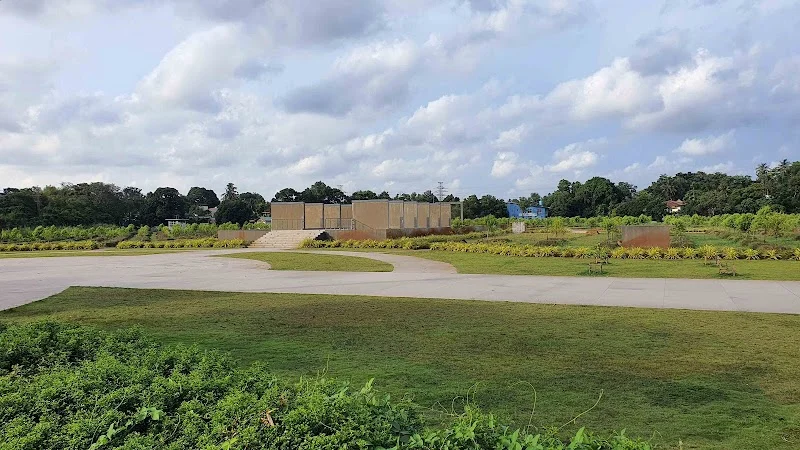Top Sights in Colombo
...
Pettah Market is the largest and busiest marketplace in Sri Lanka, with each street dedicated to specific types of items.
Old Colombo Lighthouse and Clock Tower is a colonial-era structure and historic monument constructed in 1857.
Sambodhi Chaithya is a bell-shaped Buddhist stupa constructed in 1956 to commemorate the Sambuddhatva Jayanthi.
Galle Face Green is an oceanfront promenade constructed in 1859 by the British Governor Sir Henry Ward.
Colombo Dutch Museum is dedicated to the country's history during the Dutch colonial period in the 17th century.
National Sandalwood Garden, also known as Jathika Handun Uyana, is an urban park with a total of 1,200 planted sandalwood trees.
Loading...
